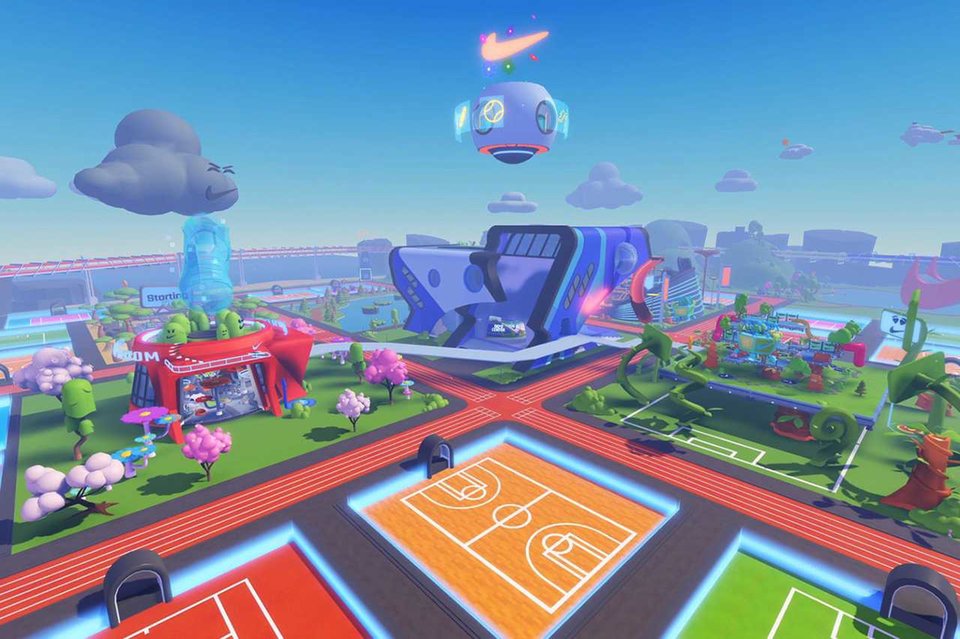
The New Era of 3D & AR in Fashion Retail
By Ashley Crowder, Co-Founder and CEO, VNTANA
Headed into this year, 3D and AR adoption is expected to be one of the biggest trends for eCommerce, helping to bridge the gap between physical and digital shopping. For consumers, this means an increasingly frictionless experience when trying to make a purchase decision, providing a more realistic interaction when compared to 2D images. Simply put, designing in 3D/AR creates a digital twin of a physical product. For retailers, this is an opportunity to bring the in-store experience online and encourage product engagement, without losing the attention to texture, angle and detail that comes with in-person shopping. On the back-end, it’s also an opportunity to streamline the design and manufacturing process, resulting in better products that are faster to market.
Currently, apparel and footwear companies are all at different stages of their 3D/AR journey. Brands are now using 3D to virtually sell to retailers, fully replacing physical samples and saving hundreds of thousands of dollars per season, while also increasing speed to market and reducing carbon footprint.
Many brands were initially forced to test this technology and manufacturing process due to the Covid pandemic as specific lines were held up in logistical issues. However, the savings recognized during that timeframe led companies to further invest in 3D across their organizations.
3D and AR also enable brands to do more virtual product testing with consumers, something that we will see more of this year. This allows significantly more product testing before investing in heavy dyes, materials and expensive manufacturing equipment.
In 2023, we will see more fashion brands launch in-game experiences, particularly in Roblox and Fortnite, which get over 37 million and 250 million daily active users respectively.

Walmartland on Roblox
Ben Conway, Co-Founder
Now that brands have had a few years to test 3D with their internal collaboration processes and B2B sales, some are ready to expand into more consumer-facing experiences. This includes integrating 3D assets into every phase of the consumer journey, from product discovery via Google or social media ads to online product listings, both on native brand sites as well as across resellers like Amazon, Walmart and other major retailers.
Google announced last year it believes 3D is the future of commerce and is starting to test 3D integration in search. VNTANA is an early partner that is helping them publish 3D assets to search, improving product discovery and driving traffic to retail sites.
In 2023, we will see more fashion brands launch in-game experiences, particularly in Roblox and Fortnite, which get over 37 million and 250 million daily active users respectively. Nike and Walmart are brands that have already put their stake in the ground on this front, building out permanent, virtual venues in these spaces for consistent brand engagement 365 days/year.

Nikeland on Roblox
We will also see more brands and retailers develop longer-term digital strategies in games. Just as a brand wouldn’t post one picture to Instagram and say they have a social media strategy, approaching the metaverse requires similar thought, planning and asset creation.
However, there are options for smaller brands who aren’t ready to build out these experiences. iHeart Media for example has launched iHeartLand in Roblox, with consistent programming throughout the year. Just like with real, live concerts and events, brands can look for opportunities to sponsor these metaverse-based shows to get their foot in the door, without significant investment.




Ashley Crowder is the co-Founder and CEO of VNTANA, a SaaS platform that makes it fast and easy to create 3D and AR eCommerce which has proven to double online conversion rate. She has worked in the 3D/AR/VR space for over 10 years helping Fortune 1000 brands including Adidas, Hugo Boss, Deckers Brands and more launch 3D applications to increase sales. She has 14 patents on mixed reality technology and is a part of the Khronos Group to create standards in 3D technology. Ashley was featured as one of USC’s leading engineering CEOs of 2016 and has given talks on the future of mixed reality at prestigious venues including SXSW, Augmented World Expo, TEDx, World Economic Forum and more. Prior to co-founding VNTANA she graduated from USC with a bachelors and masters in engineering and gained valuable engineering experience at BP and Northrop Grumman. She leverages her engineering background to guide VNTANA’s overall direction and technology development to shape the future of e-commerce by making it easy to create a 3D version of every product in the world.